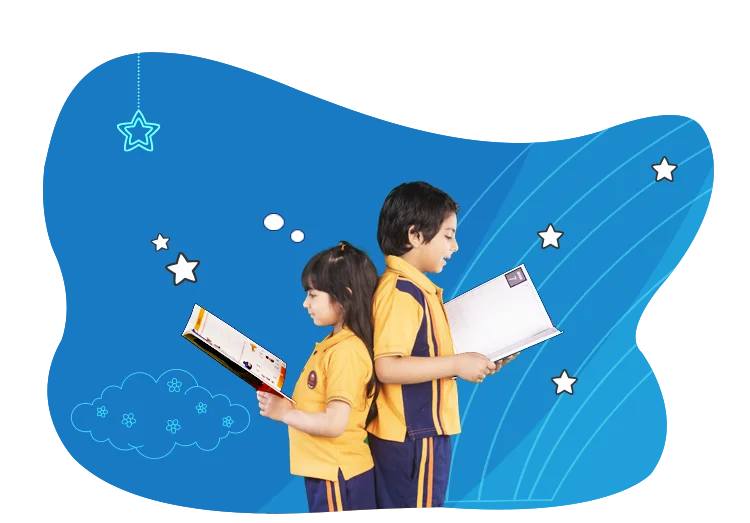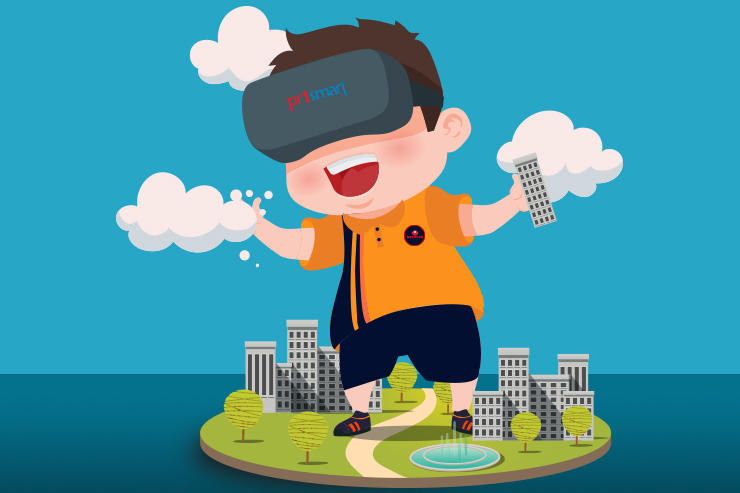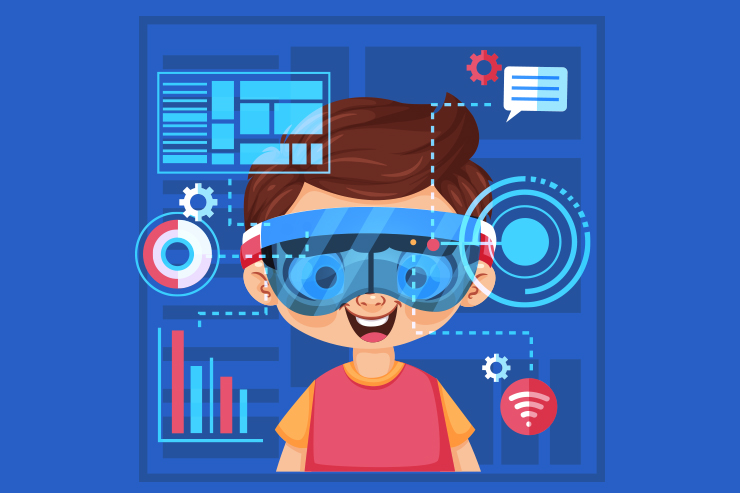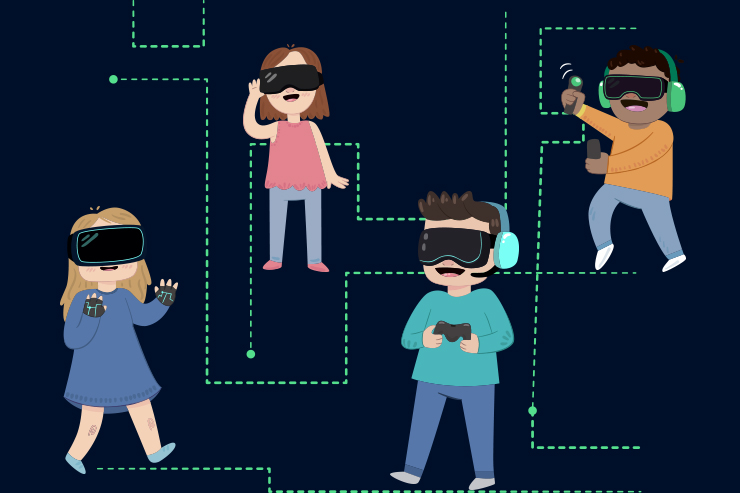Benefits of Learning Through Virtual Reality for Kids

Virtual reality is often known as VR. Virtual reality for kids enables a computer-generated environment with scenes and objects that appear to be real, henceforth broadening their approach toward education. Virtual reality in the education sector has bridged the gap between theoretical and practical learning. Virtual reality for kids is an emerging trend in the classroom to amplify the teaching of any subject or topic so as to make concepts interesting. It is used to enhance student engagement with their study. It often involves viewing or interacting with learning content using VR headsets along with associated hardware. VR for education creates a wonderful learning journey for kids and will help revolutionize the future of education.
Here are some amazing benefits of learning through virtual reality:
1. To enlarge the knowledge area
VR has the ability to rewire the brain and enhance neural connections.VR in child development is an important aspect. It enables personalized learning experiences for children. It enables frequent and elaborative concepts to be quite appealing and engrossing for children. It helps children learn at their own pace by revisiting concepts. VR helps students study without supervision because it keeps them engrossed in learning.
2. To be an innovator
VR in technology is rapidly evolving, making it prevalent in many industries. Learning through virtual reality exposes children to various career choices, which furthermore enables the child to think out of the box. It helps children to be an innovator by broadening their thinking skills. VR removes the barrier of physical presence and eases distance learning. VR helps a child activate prior knowledge.
3. To develop motor skills
Learning through virtual reality promotes skill development. It enables children to learn skills such as teamwork, communication skills, and helpfulness. Virtual reality in education prepares children for the collaborative nature of the modern workforce. It instills confidence and a positive attitude in them. VR can be used as an auxiliary tool for developing skills. VR may also be efficient, interactive, adjusting, and motivating physiotherapy.
4. To perpetuate enthusiasm
The introduction of VR for education has made a great difference by creating the interest of students. Kids feel enthusiastic about learning new concepts through VR. It encourages experiential learning wherein children can actively participate, experiment with ideas and solve problems safely. No matter what age it is, kids always prefer watching illustrations rather than reading.
5. To enhance behavioral skills
VR can also facilitate emotional and social learning. It helps visualize real-world situations, allowing children to practice social skills. VR in child development helps children to develop good behavioral skills by providing them with supportive and immersive experiences. It helps in the promotion of peer interaction which instills good qualities in children such as patience, helpfulness, and team spirit.
To sum up
Learning through virtual reality incorporates adequate values to the children which prepares them for the future. Virtual reality helps children embrace technology and learn more about it. It creates amazing experiences that can’t be lived in real life. Hence, VR in education keeps children curious and interested about learning.






